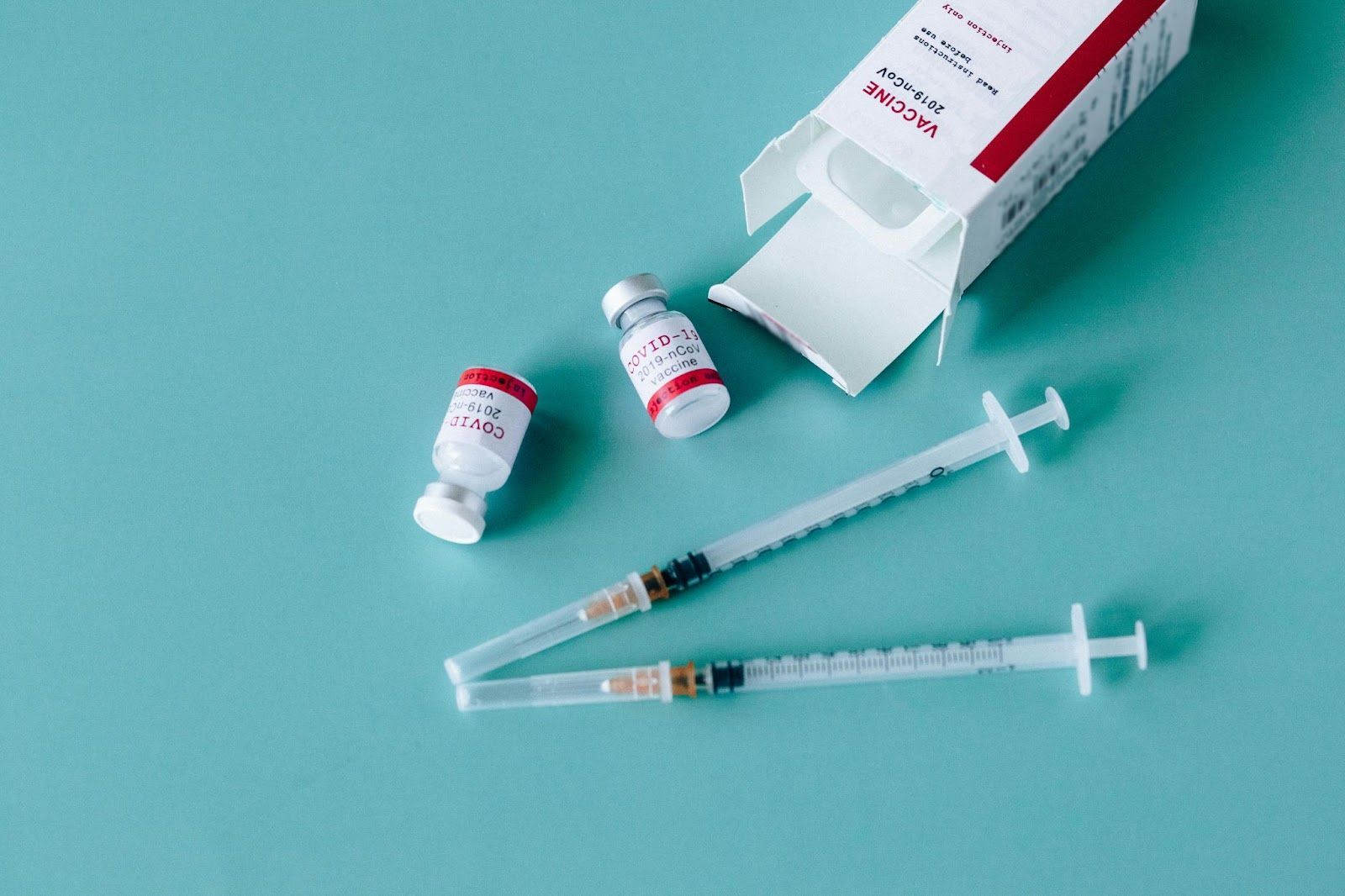By Sandra Sands
•
July 10, 2025
COVID-19 Vaccines: What’s New, What’s Next, and What’s Being Debated As the world adjusts to a new era of COVID-19 management, the conversation around vaccination is shifting rapidly. From major policy changes at federal agencies to innovations in vaccine delivery, recent developments signal a new phase in how the virus is handled in the U.S. Here’s a comprehensive look at what has changed , what’s on the horizon , and what proposals could shape future vaccine strategy . A Wave of Recent Changes CDC’s Advisory Shake-Up In a move that surprised many in the public health community, Health Secretary Robert F. Kennedy Jr. disbanded the longstanding Advisory Committee on Immunization Practices (ACIP) earlier this year. The 17-member panel was replaced by eight new members, several of whom have expressed skepticism about COVID-19 vaccine policy in the past. Their first meeting notably excluded deliberation on COVID-19 vaccines for healthy children and pregnant women, which had long been part of standard CDC recommendations. This action coincided with a broader policy shift: the CDC revised its guidance in May 2025, removing the routine recommendation for COVID-19 vaccination in healthy children and pregnant individuals . Instead, the agency now advises a “shared clinical decision-making” approach, effectively leaving the choice to individual patients and their healthcare providers. FDA Adjusts Booster Access Around the same time, the FDA signaled a pivotal change in how COVID-19 boosters would be approved and distributed. The agency announced that boosters will be recommended annually only for those aged 65 and over, or for people with underlying high-risk medical conditions . For younger, healthy adults, future vaccine authorizations will require randomized clinical trial data—a new hurdle for widespread approval. Together, these moves reflect a growing consensus among federal health officials that blanket vaccination policies may no longer be the most effective or necessary approach. What’s Ahead: Fall 2025 and Beyond Targeted Vaccine for New Variants Looking ahead to the 2025–2026 respiratory virus season, the FDA’s vaccine advisory panel has unanimously endorsed a monovalent COVID-19 vaccine targeting the JN.1 lineage , with a specific emphasis on the LP.8.1 variant. LP.8.1 currently accounts for about 70% of sequenced cases in the U.S. and is expected to dominate in the coming months. Manufacturers are already being directed to produce vaccines based on this strain. Booster Guidance Still in Flux While the FDA’s strain recommendation is clear, the CDC has not yet finalized who should receive the updated booster this fall. Current deliberations weigh universal eligibility against a more targeted strategy focusing on high-risk individuals, such as seniors and immunocompromised adults. A Combination Vaccine on the Horizon Another exciting development is Moderna’s progress on a combination flu and COVID-19 vaccine . The new mRNA-based shot has demonstrated strong immune responses in older adults in early studies, and could eventually simplify seasonal vaccination. However, the FDA is calling for additional efficacy data before it can be authorized for widespread use. If trials continue to go well, the combo vaccine could debut in late 2026 . Proposed Innovations: The Next Generation of Vaccines Beyond policy updates, researchers are also exploring next-generation vaccines with broader appeal and better accessibility. Some of the most promising developments include: Universal Coronavirus Vaccines : These candidates aim to protect against a broad spectrum of coronaviruses, not just SARS-CoV-2 variants. Several have entered early clinical trials. Oral (Pill) Vaccines : Companies like Vaxart are working on tablet-based vaccines that could offer immunity via mucosal surfaces—potentially making vaccination easier and more acceptable to the public. Self-Amplifying mRNA Platforms : Already approved in countries like Japan and across the EU, these vaccines use smaller doses to generate stronger responses and may be more scalable globally. What This Means for You These changes have big implications for individuals trying to make informed decisions about COVID-19 protection: Adults 65 and Older or High-Risk Individuals : Expect continued annual booster recommendations. You’ll likely be eligible for the LP.8.1 booster this fall. Healthy Adults Under 65 : Routine boosters may no longer be recommended. If concerned, consult your healthcare provider to discuss risks and benefits. Pregnant Women and Children : COVID-19 vaccines are no longer universally recommended in these groups. Guidance is now based on shared decision-making. General Public : Stay informed, especially if new delivery formats (like combo shots or oral vaccines) become available in the next 1–2 years. Final Thoughts The national COVID-19 vaccine strategy is clearly evolving. What began as a mass vaccination campaign has shifted toward precision-based public health , focused on protecting the most vulnerable while keeping pace with emerging science. As new vaccines and delivery technologies reach the market, public health agencies will continue to reassess the right balance between individual autonomy, community health, and pandemic preparedness. For now, if you fall into a high-risk category, be ready for a booster this fall —and if you're not, stay in close contact with your healthcare provider to decide what’s best for you.









